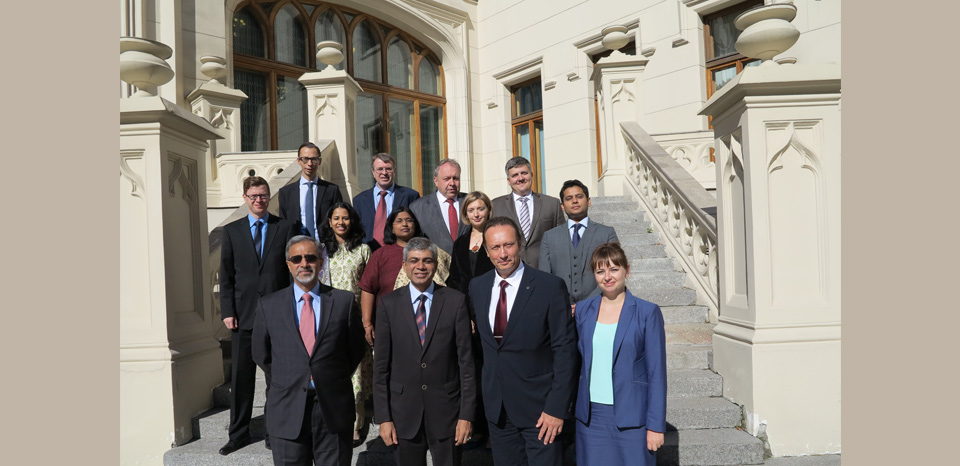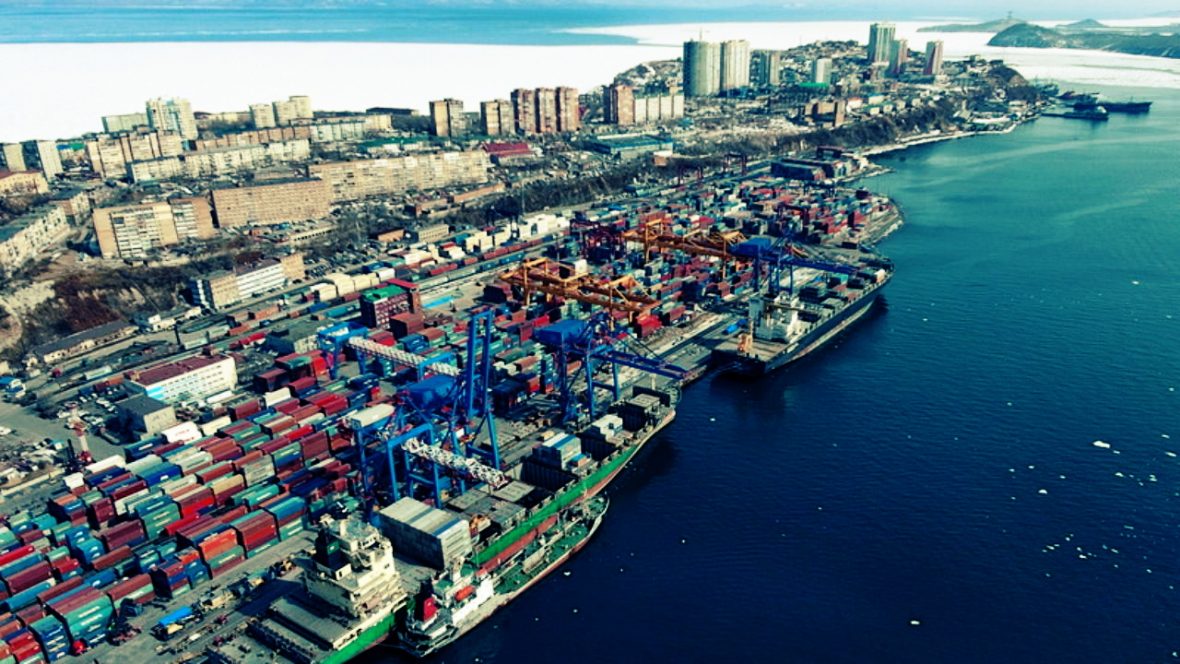.webp)
 Aditi Bhaduri
Aditi Bhaduri
The recent visit of Prime Minister Narendra Modi to Moscow has been huge in symbolism and only a few agreements have resulted from it. The most significant one is on the Program of India-Russia cooperation in trade, economic, and investment spheres in the Russian Far East for the period from 2024 to 2029 as well as of cooperation principles in the Arctic zone of the Russian Federation.
Don’t get lost in the technical nomenclature of the agreements, these two have a huge impact on India as these facilitate further increases in trade and joint investment projects between the Far East Region of Russia and India.
In 2019, Prime Minister Modi traveled to Vladivostok to attend Russia's Eastern Economic Forum as the Chief Guest. Since that time he has been pushing for India’s engagement in Russia’s Far Eastern region.
The Far East is rich in natural resources. It extracts 98% of Russian diamonds, 80% of tannery, 90% of borax materials, 50% of gold, 14% of tungsten, and 40% of fish and seafood. About one third of all coal reserves and hydro-engineering resources of the country are here. Forests of the region comprise about 30% of the total forest area of Russia.
However, because of several reasons not least to do with extreme climatic conditions and demographics, the region is relatively difficult to reach and requires huge investments and development activities. Since 2015 Russia has been inviting entrepreneurs and investments, including from India, for the region.

India's Counslate General in Vladivostok
In September 2019, while addressing the plenary session of the Eastern Economic Forum in Vladivostok, Modi launched the 'the Act Far East' policy, which augmented India’s "Act East" policy. He announced a one billion dollar line of credit for the development of the resource rich region.
India already has a historical presence in the region, being the first country to open a consulate in Vladivostok in 1992.Moreover, since the war in Ukraine began, Russia has also become important for India’s energy security, emerging as the top source for India’s crude oil procurement. To that end, India’s ONGC Videsh has invested in the regions large Sakhalin-1 oil and gas field, spread over an area of approx. 1,140 Sq. Km., acquiring a 20 percent stake here.
Both India and Russia are also working on activating the Chennai-Vladivostok Maritime Corridor, which is shortening the transportation time between India and Russia by 24 hours and would significantly ease the logistics of transportation and cost of freight to and from India to Russia than the current rates of transportation of freight from Russia to India via Europe.
Besides other minerals like copper, gold, and rare earth, diamonds are another reason for collaboration here as India is the world's largest diamond cutter and polisher, with a majority of diamonds coming from Russia.
 The port of Vladivostok
The port of Vladivostok
Simultaneously, the region can be a lucrative market for Indian goods, including in manufacturing, which can then be reexported to other countries of the region.
Another important factor is the labour migration corridor envisaged by the Chennai-Vladivostok Maritime Corridor for Indian labour to fill in the sparsely populated region. India has a large labour pool of blue and white collared labour which would synergies well with Russia’s demographic woes. This would simultaneously provide much-needed employment opportunities for India’s youth. The war in Ukraine has added to Russia’s demographic issues and India is well poised to fill in the gap.
COVID-19 and the war in Ukraine have disrupted many of these plans but they have been given a new shot at life with the Prime Minister's recent visit and the ensuing agreement for cooperation in the Far East, the agreement envisages Cooper till 2030 so India is assured of being and staying engaged in the regi9n till 2030 which will then pave the way for further engagement.
The strategic aspects of India's engagement lie in the energy cooperation which is always long-term. But another equally significant aspect is that India's engagement in Russia’s Far East will also balance out the Chinese presence there.
ALSO READ: Modi's Russia visit rebooted historic India-Russia friendship
China and India have emerged as two of Russia's most powerful economic and political partners. But whereas Russia and China have fought a limited border war, by dint of not sharing a common border, India and Russia have no irredentist claims on each other's territory which preempts any territorial conflict in the future.
